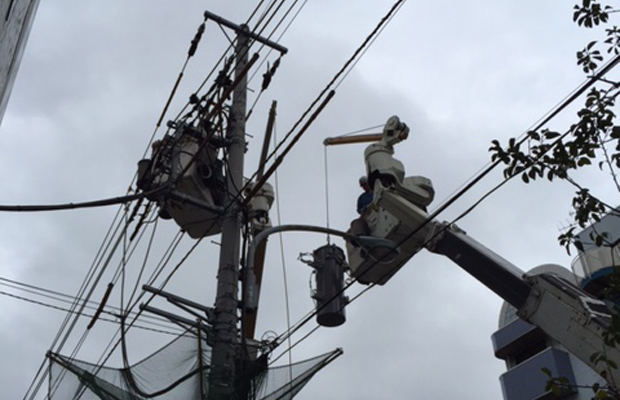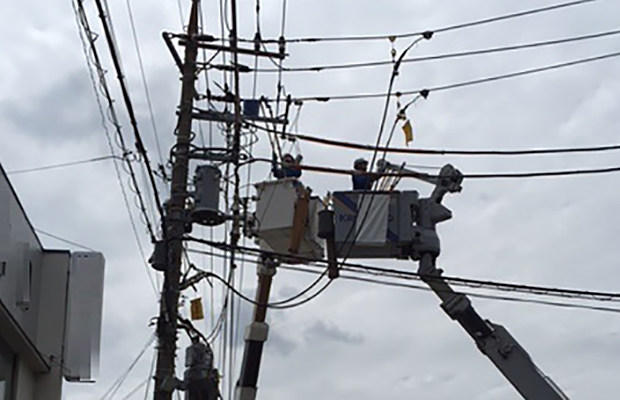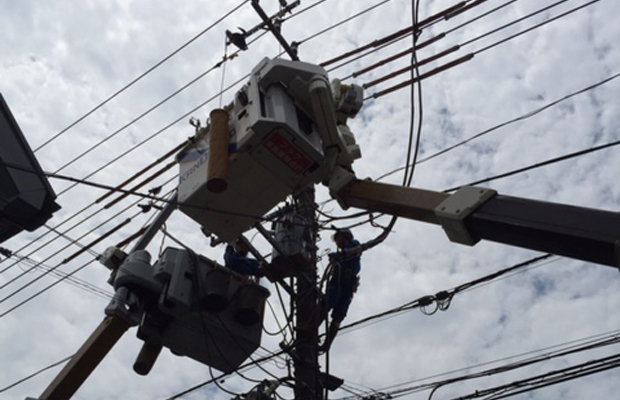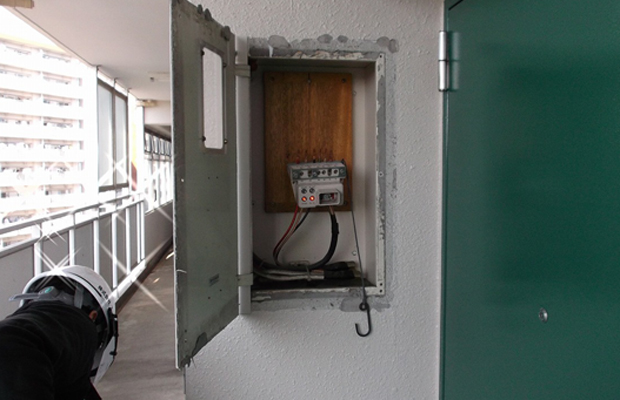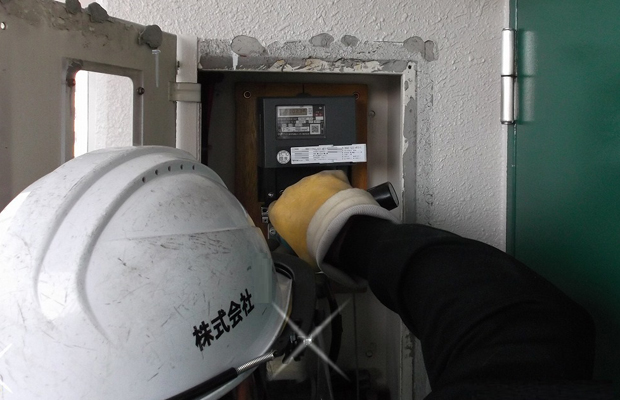Distribution Lines
TEPCO Power Grid distribution lines reach a total length equal to nine times around the earth's circumference (approx. 360,000 km).
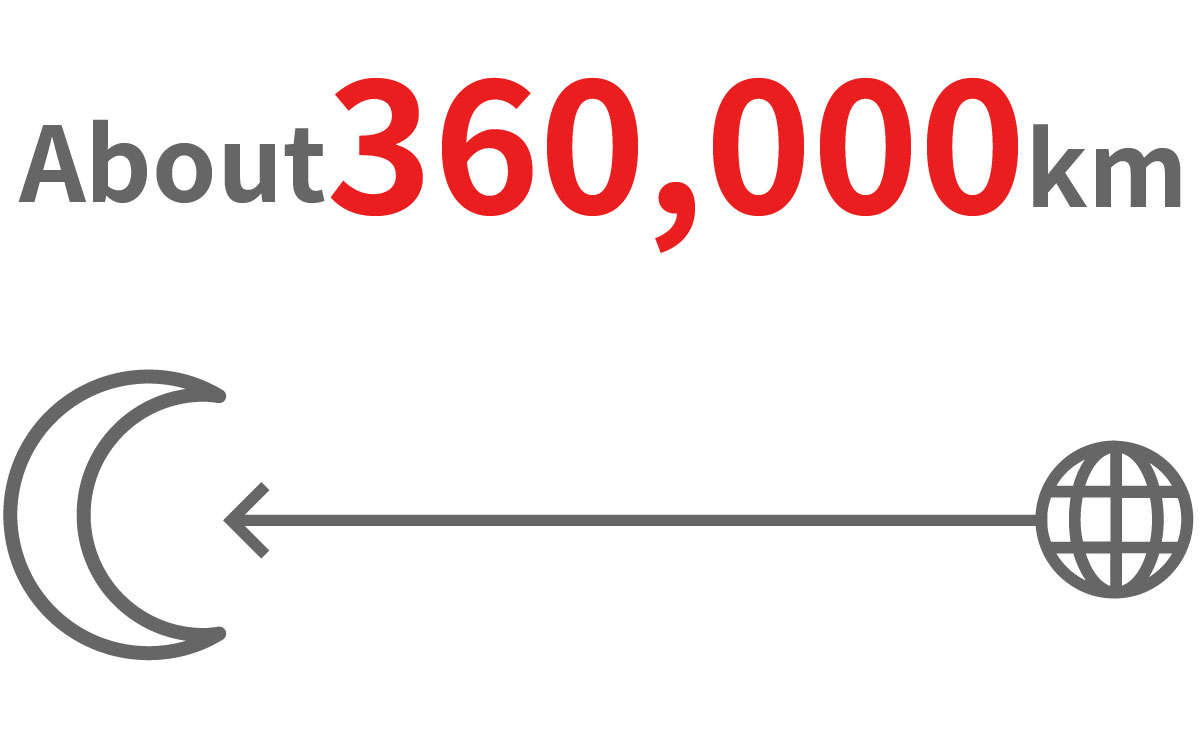
Distribution Lines of Familiar Power Generation Equipment
Electricity, first created at power stations and then transmitted via transmission lines to substations near areas of demand, is then finally delivered to our customers via power lines called distribution lines.
Distribution lines consist of "overhead distribution lines" (power lines hung on utility poles) and "underground distribution lines" (cables buried in the ground).
Distribution lines are separated by voltage into special high-voltage (22,000 V), high-voltage (6,600 V), and low-voltage (200-V and 100-V) types.
Distribution equipment consist of "transformers" (reduce voltage from high to low), "service lines" (split off from high and low-voltage lines to provide electricity to customers), and "power meters" (measure amount of power used).
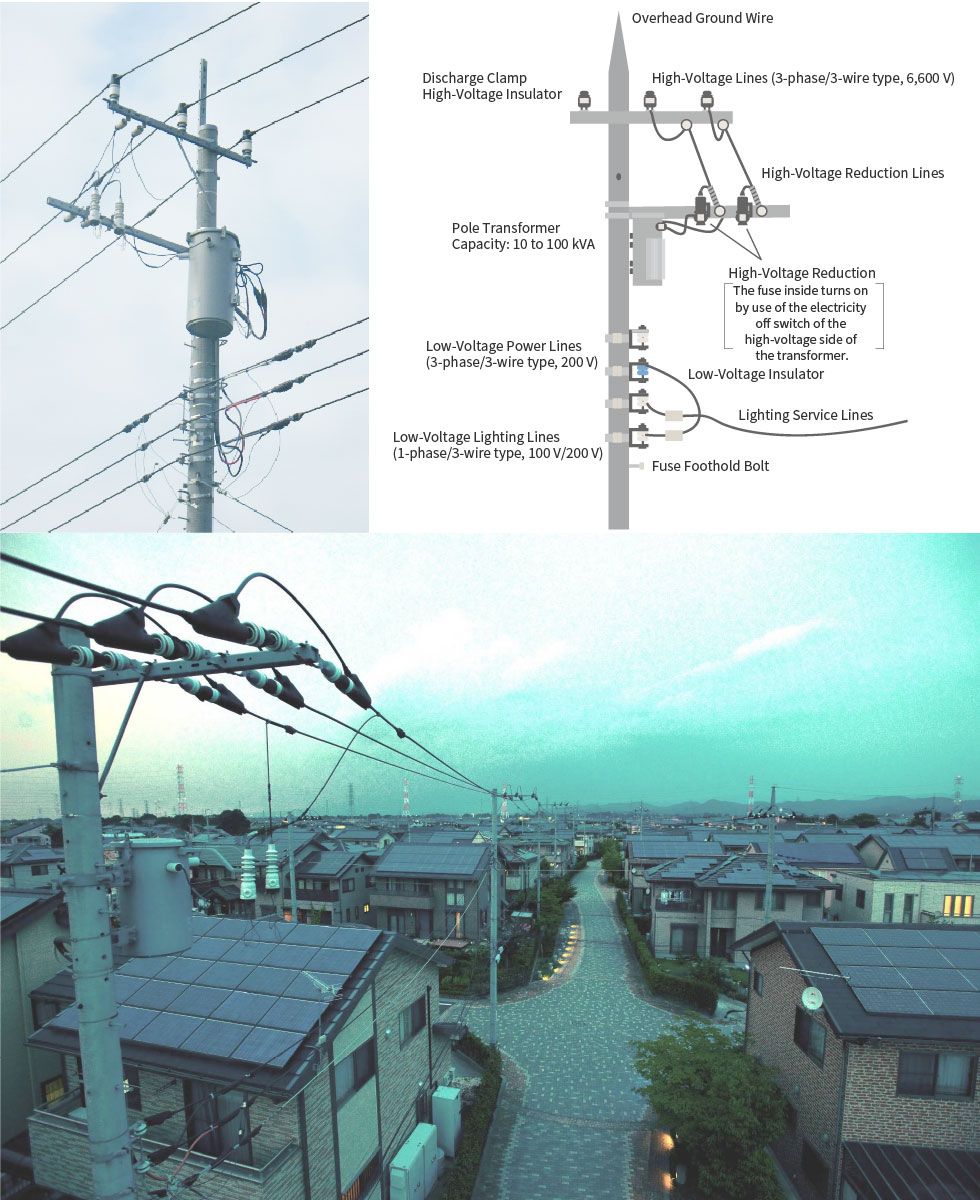
Resolving Equipment Problems with our 24-hour Service System
We can respond to power outages due to malfunction or accident with our 24-hour/365-day system.
Equipment Replacement when Necessary
We perform periodic replacement of equipment that is becoming deteriorated. We will notify our customers of such work that may cause a power outage in advance.
Periodic Replacement of Power Meters
Power meters are inspected by a government-specified organization in order to confirm that they are measuring in a correct manner. For this reason, power meters installed to customers' homes are replaced once every five to ten years. We will notify our customers of such work that may cause a power outage in advance.
Removal of Utility Poles
The conversion to the use of underground power lines (removal of utility poles) is being implemented based on the plans for underground conversion (Plan for the Removal of Utility Poles)*1 as stipulated by the "Promotion/Study Committee on the Removal of Electricity Poles"*2 .
The removal of utility poles contributes to creating a pleasant living environment and to forming dynamic urban areas as promoted by the national and local governments. To that end, it has wide-ranging effects such as the creation of main roads with wide sidewalks, ensuring safe and comfortable spaces for pedestrian traffic, formation of attractive scenery and living environments, prevention of accidents, preservation of historic townscapes, promotion of tourism, and local revitalization.
In order to realize these regions free of utility poles, TEPCO Power Grid has been performing flexible equipment upgrades, such as installing transformers to street lamps, and converting our power lines to underground types.
In the future, we would like to form a three-way partnership with road management personnel and local customers in order to eliminate utility poles as a form of social infrastructure improvement.
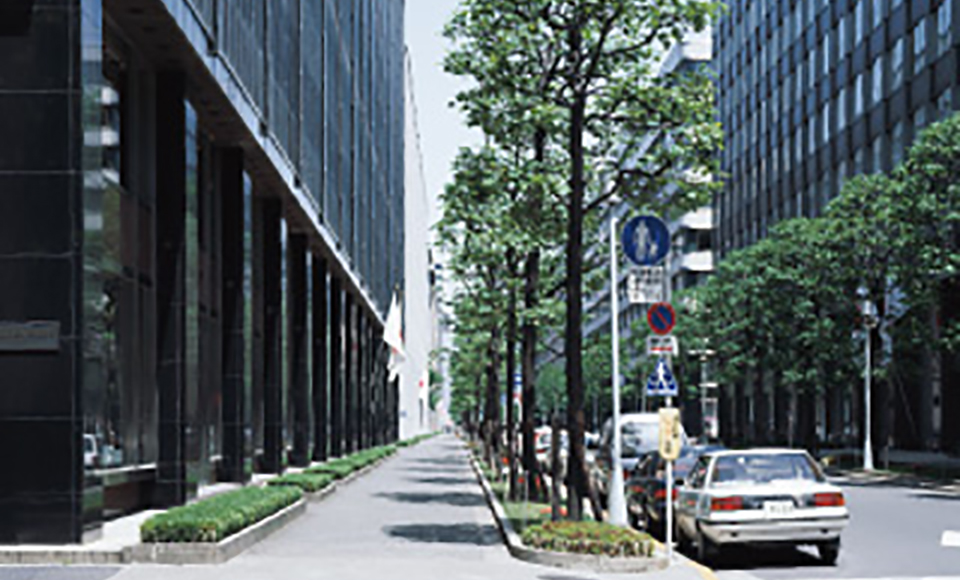

Example of power lines buried underground on a narrow road where supply equipment (transformers) is installed to the street lamps
- *1:
The plans for underground conversion have consisted of "Plan for Underground Conversion of Power Lines", which covered three terms from FY1986 to FY1998, followed by the "New Plan for Underground Conversion of Power Lines" from FY1999 to FY2003, and then the "Plan for the Removal of Utility Poles" from FY2004 to FY2008. Currently, we are consulting with related personnel regarding items such as locations for conversion as based on the new "Plan for the Removal of Utility Poles" established in FY2018.
- *2:
Created by personnel from various ministries such as the Ministry of Land, Infrastructure, Transport and Tourism, the National Police Agency, the Ministry of Economy, Trade, and Industry, and the Ministry of Internal Affairs and Communications, together with power line management personnel such as persons from electric utilities and telecommunications companies.













